
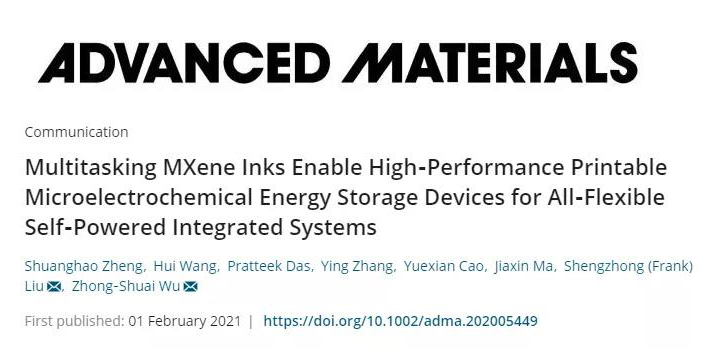
1. Article overview
The future of mankind has broad prospects in the fields of the Internet of Things, personal health monitoring systems and smart cities. In order to achieve this ambitious goal, electronic devices must be wearable, environmentally sustainable and safe. However, the large-scale manufacturing of self-sufficient electronic systems using multifunctional materials still faces huge obstacles. This article reports a multifunctional water-based printable MXene ink that can be used as additive-free high-capacitance electrodes, sensitive pressure-sensitive materials, highly conductive current collectors, metal-free interconnects and conductive adhesives. (1) MXene-based micro-supercapacitors (MSC) and lithium-ion micro-batteries can be manufactured on various substrates by direct screen printing of MXene ink. The prepared MSC has an ultra-high area capacitance of 1.1 Fcm-2, and the series-connected MSC provides a record voltage of 60V. The quasi-solid lithium-ion micro battery provides an excellent area energy density of 154μWhcm-2. (2) In addition, through the seamless integration of tandem solar cells, lithium-ion micro batteries and MXene hydrogel pressure sensors, a fully flexible self-powered integrated system based on multi-tasking MXene ink on a single substrate was demonstrated. It is worth noting that the integrated system is extremely sensitive to human movement and has a fast response time of 35ms. Therefore, this multi-purpose MXene ink opens up a new way to promote future smart wearable electronic devices.
Two, graphic guide

Figure 1. Printable MX-micro supercapacitor, MX-lithium-ion micro battery and fully flexible self-powered integrated system manufacturing schematic diagram.
a) Schematic diagram of MX-mini supercapacitor obtained from direct screen printing of water-based MXene ink.
b) MX-LIMB is manufactured by stepwise screen printing of MXene-based LTO and LFP water-based inks.
c) Schematic diagram of constructing self-powered sensor system by stepwise screen printing of MX-lithium-ion micro battery and MXene hydrogel sensor (Si-SC with PECVD growth) on the same surface of a flexible substrate .
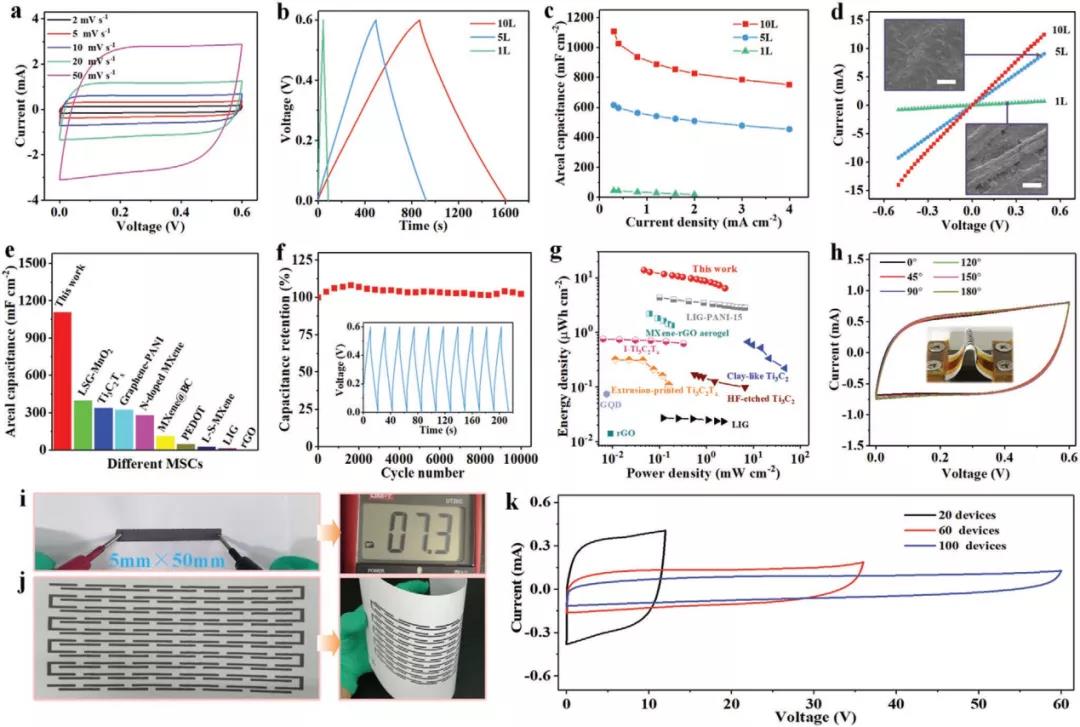
Figure 2. The properties and characteristics of water-based MXene ink.
a) Optical images of H-MXene water-based inks in normal and inverted states (left) and MX-micro supercapacitors manufactured on various substrates (right).
b) Optical image of L-MXene ink in normal and inverted state (left), MX-micro supercapacitor prepared on PET substrate and screen used after screen printing (right).
c) Transmission electron microscope and selected area electron diffraction image of MXene nanosheets.
d) The relationship between apparent viscosity and shear rate of H-MXene and L-MXene inks.
e) The viscosity change of H-MXene and L-MXene inks is a function of alternating low (0.1s-1) and high (100s-1) shear rates.
f) The relationship between the storage modulus and loss modulus of H-MXene and L-MXene inks and shear stress.
g) Photographs of various screen-printed MXene patterns, including the "DICP" logo, earth and MX-mini supercapacitors with different shapes.
h) Top view of the screen printed MXene film and i) cross-sectional SEM image.
j) Schematic diagram of ordered MXene nanosheets after shear interaction.
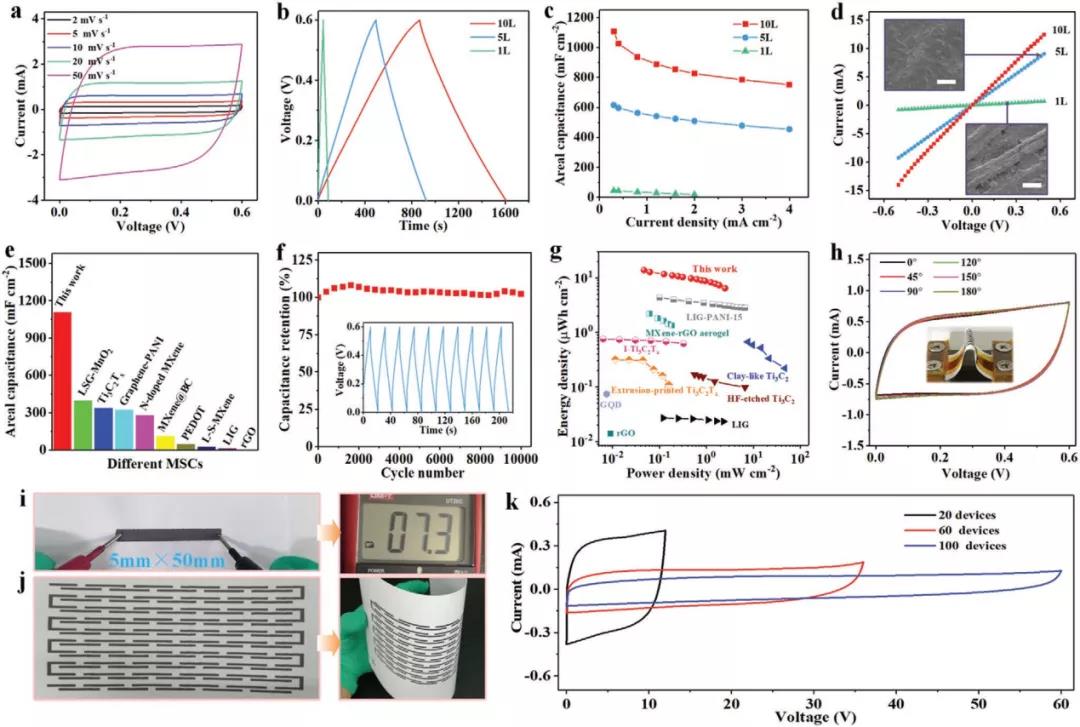
Figure 3. Electrochemical performance of MX-mini supercapacitors printed on A4 paper.
a) CV curve measured from 2 to 50mVs-1.
b) GCD curve obtained at 0.4mAcm-2 and c) the surface capacitance of MX-mini super capacitor s-1L, MX-mini super capacitor s-5L and MX-mini super capacitor s-10L.
d) IV curves of MXene film with 1, 5 and 10 printed layers. The inset is the SEM image of MXene film on A4 paper, the scale bar is 10μm.
e) Comparison of the area capacitance of this work with the area capacitance of other reported miniature supercapacitors.
f) Cycle stability obtained at 3mAcm-2.
g) Compared with the reported miniature supercapacitors based on MXene and graphene, the Ragone diagram of MX-miniature supercapacitors.
h) CV curve tested under various bending states of 100mVs-1.
i) The resistance of the printed MXene film.
j) Photographs of 100 linear MX-mini supercapacitors connected in series in flat and curved state.
k) CV curve of 20, 60 and 100 series MX-mini supercapacitors.
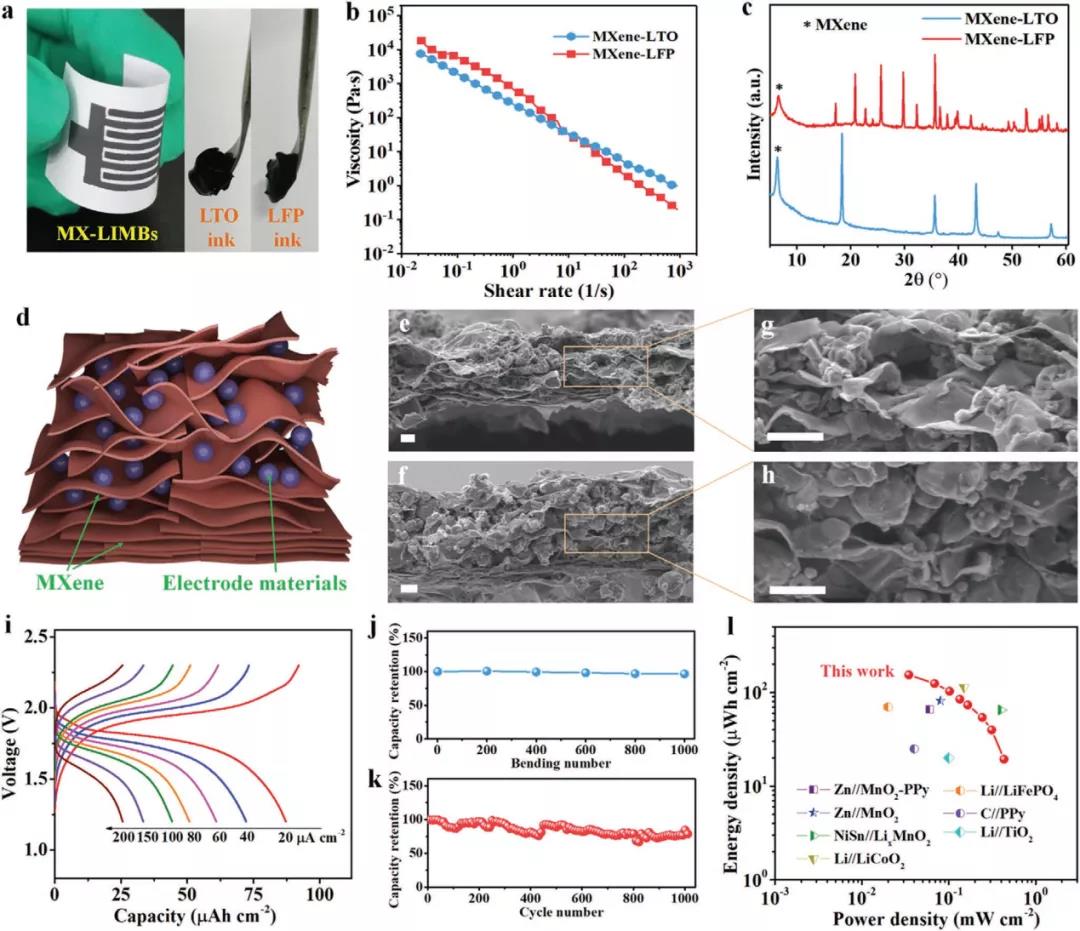
Figure 4. Characterization of water-based MXene-based LTO and LFP inks and the electrochemical performance of MX-lithium-ion microbatteries.
a) The optical image of LTO and LFP ink based on MXene and the made MX-lithium-ion micro battery.
b) The apparent viscosity of LTO and LFP inks based on MXene.
c) XRD patterns of LTO and LFP microelectrodes based on MXene.
d) Schematic structure of printed microelectrodes.
e-h) Printed cross-sectional SEM images of LTO (e, g) and LFP (f, h) microelectrodes based on MXene.
i) GCD curve is measured at different current densities; j) capacity retention rate under repeated bending; k) cycle performance of MX-lithium-ion micro battery.
l) The Ragone diagram of the MX-Li-ion micro battery is compared with the previous MB.
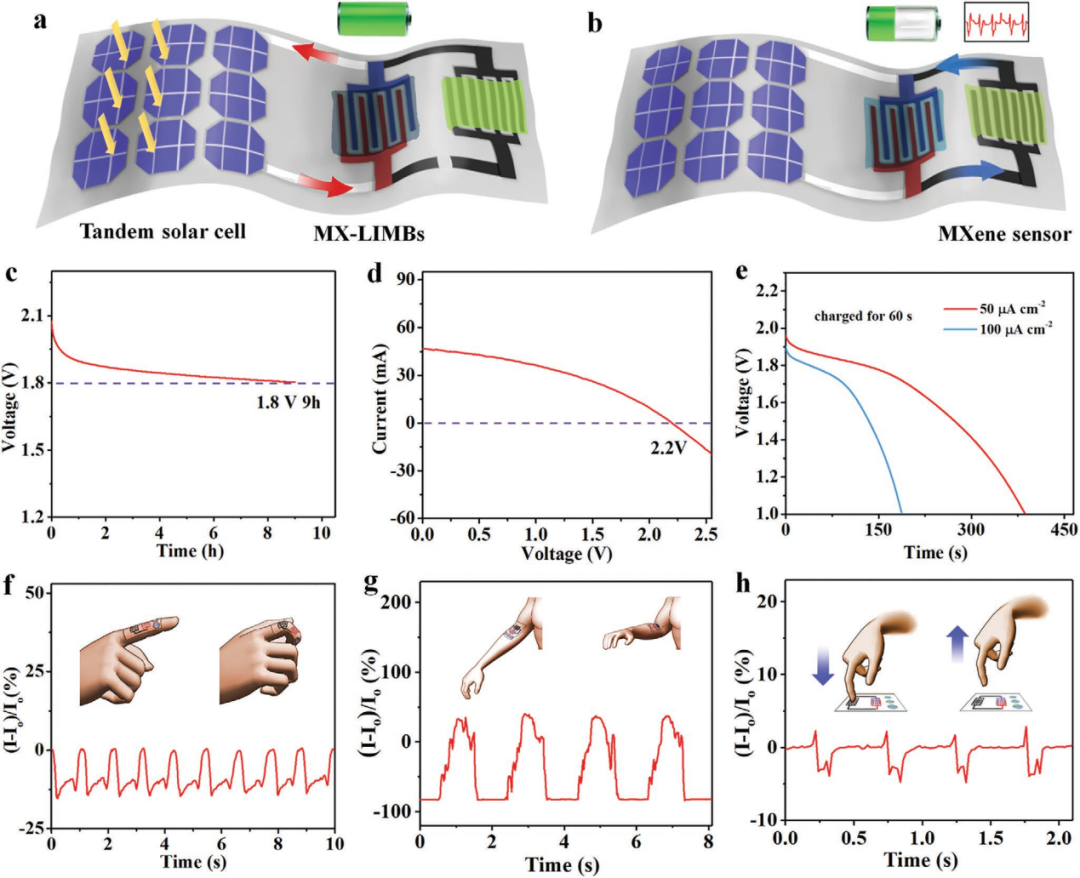
Figure 5. Fully flexible MXene-based self-powered integrated system for pressure sensing.
a) Schematic diagram of the charging process of flexible tandem Si-SC.
b) Schematic diagram of the process of the sensor powered by the MX-lithium-ion micro battery.
c) Self-discharge curve of MX-lithium-ion micro battery.
d) I-V curve of flexible tandem Si-SC on stainless steel substrate.
e) Discharge curves of MX-lithium-ion micro-batteries at different current densities after being charged in series with Si-SC for 60 seconds.
f–h) The current change of the MXene hydrogel sensor driven by the integrated MX-lithium-ion micro battery, in response to finger bending (f), elbow bending (g) and vertical compression (h).
3. Thesis information
|
Multitasking MXene Inks Enable High-Performance Printable Microelectrochemical Energy Storage Devices for All-Flexible Self-Powered Integrated Systems
|
|
Advanced Materials (IF=27.398)
|
|
Pub Date : 2021-02-01
|
|
DOI: 10.1002/adma.202005449
|
|
Shuanghao Zheng; Hui Wang; Pratteek Das; Ying Zhang; Yuexian Cao; Jiaxin Ma; Shengzhong (Frank) Liu; Zhong-Shuai Wu
|








